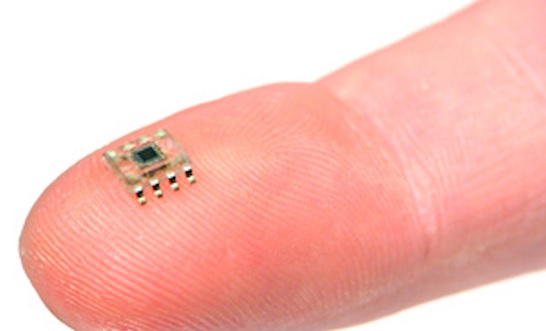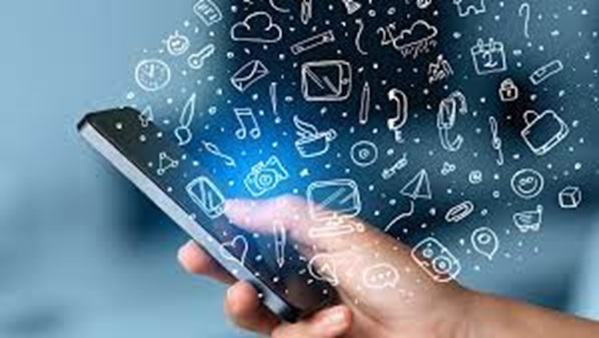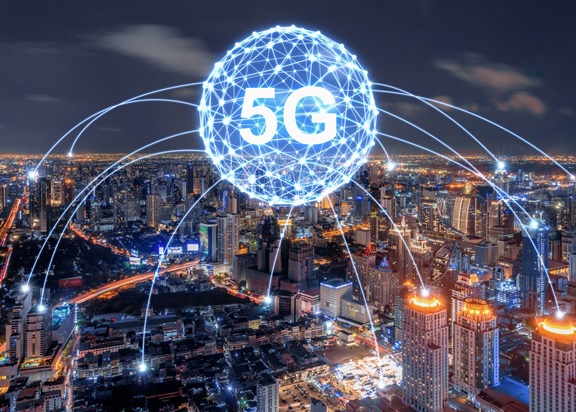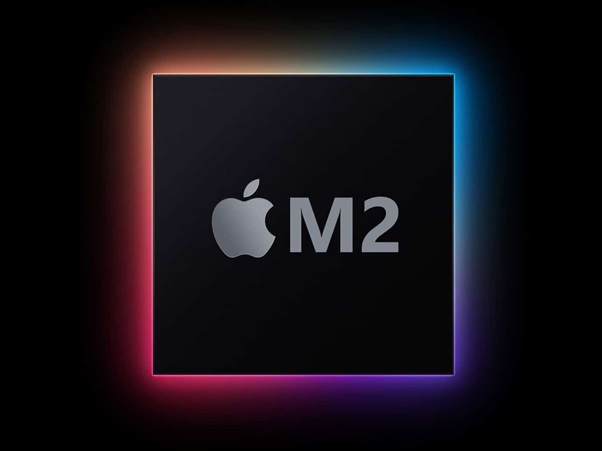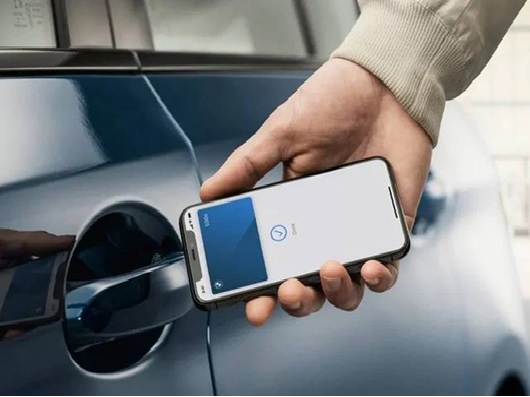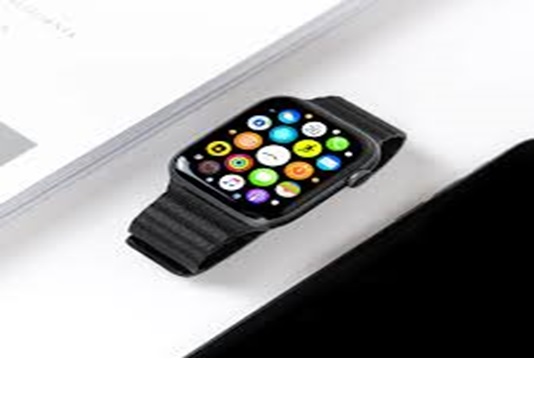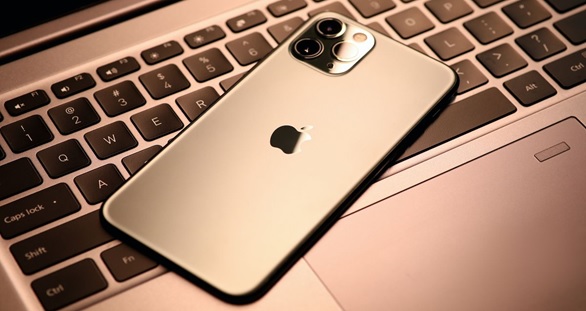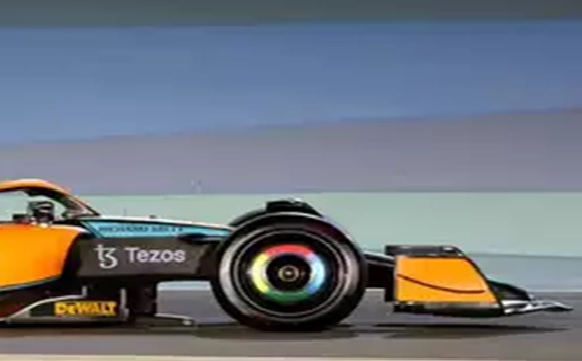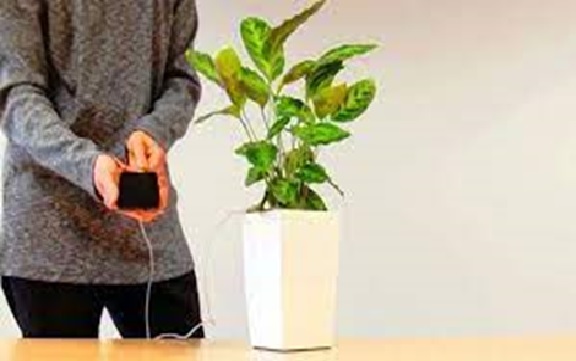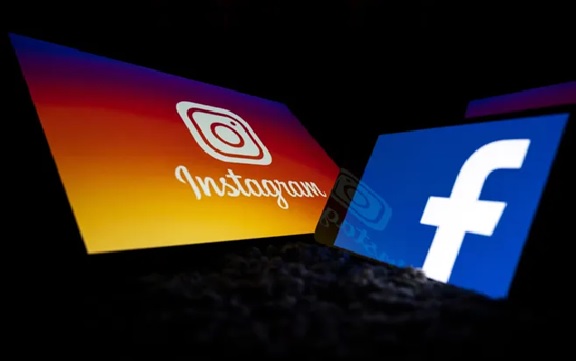Usage of M-Health Applications
Mobile health (mHealth) technology has been widely adopted in many countries worldwide. Since smartphones are already being used by many people, the latest technological innovations could improve access to health care, its delivery, and outcomes while decreasing the cost of health care by introducing evidence-based medical practices at the point of care and facilitating people’s access to medical information and data. The health care industry should make use of these advantages by creating mHealth apps to improve patient care, as mentioned in the World Health Organization’s 2011 report. The International Telecommunication Union estimates that by the end of 2018, there will be 107 mobile phone subscriptions per 100 inhabitants. In addition to owning a mobile device, one-third of American smartphone users had downloaded health- and fitness-related apps onto their phones. There are currently more than 100,000 health-related apps on the mobile phone app market, and according to the World Health Organization, 112 countries have reported the existence of at least one mHealth initiative.[1]

Figure 1. The usage of M – Health Applications
Figure 1 shows Over the past few years, mHealth solutions have begun to solve some of the problems that are ailing healthcare. MHealth is paving the way for better data management, doctor-patient communication, reduced hospital admissions, medication adherence, and remote patient monitoring.
MHealth solutions are improving outcomes in measurable, repeatable ways by connecting patients with their doctors.
In 2017 mHealth captured $23 billion in revenues, with an estimated growth rate of 35% annually over the next several years.[2]
Different types of mHealth apps:
It has been said that by 2022 the mHealth business will reach $102.4 billion. Currently, there are many mHealth applications already available in the market and many more are said to hit the market in the coming future. The mHealth apps have been divided into a few categories and they are:
- Remote monitoring apps
It is not important to attend all the patients at the hospital premises. The remote monitoring apps help the practitioners to take care of the patients even when they are at home. The app lets the practitioner track blood glucose levels, oxygen level, heart rate, blood pressure, etc. without actually visiting the patient. - Clinical and diagnostic apps
By using such apps, the doctors can collect data of the patients, evaluate and share it. The app lets the practitioners to view lab results, check electronic health records, or even perform digital imaging. Such an app also helps the patients and doctors to check the symptoms and diagnose the illness. Patients even get to schedule their appointments using such an app. - Healthy living apps
These apps have been designed with the aim of building healthy living around. The app checks in the metrics like heart rate, diet, exercise, and sleep. Such an app can prove beneficial to patients who are suffering from heart disease or diabetes. - Clinical reference apps
When you have such apps you will not be left with the work of looking for references and guides everywhere. You will find all the needed information right at your fingertips. You will get digital access to E & M coding, ICD-9 and ICD-10, and other top reference documents. - Productivity apps
Productivity apps help to increase the efficiency within the healthcare providers. The app has been designed for mobile charting, home healthcare scheduling, internal business communication, and remote dictation. Such apps focus on offering these functions, all the while maintaining HIPAA compliance.[3]
References:
- https://mhealth.jmir.org/2019/7/e13817/
- https://www.monsenso.com/health-app-or-mhealth-solution/
- https://siliconithub.com/mhealth-apps-types-and-examples/
Cite this article:
Thanusri swetha J (2021), Usage of Mhealth applications, AnaTechmaz, pp. 32


